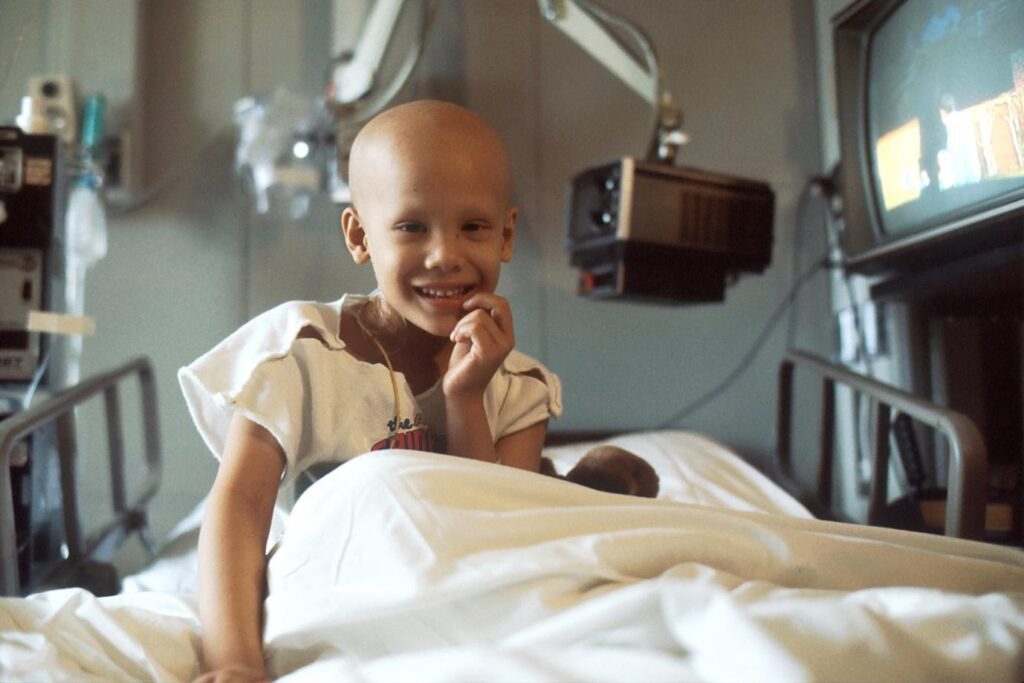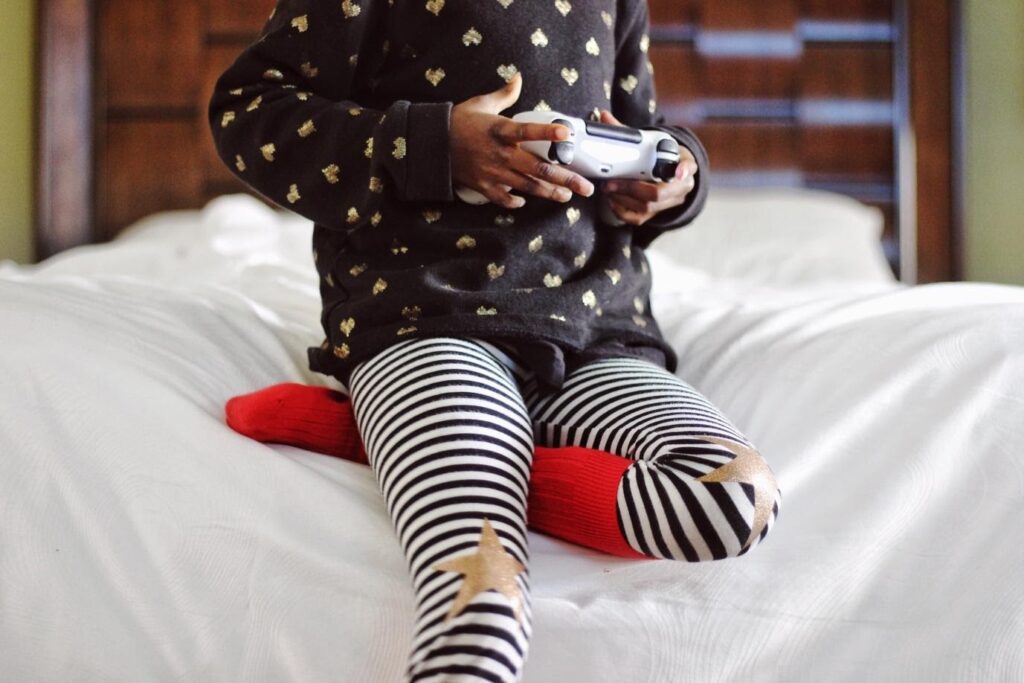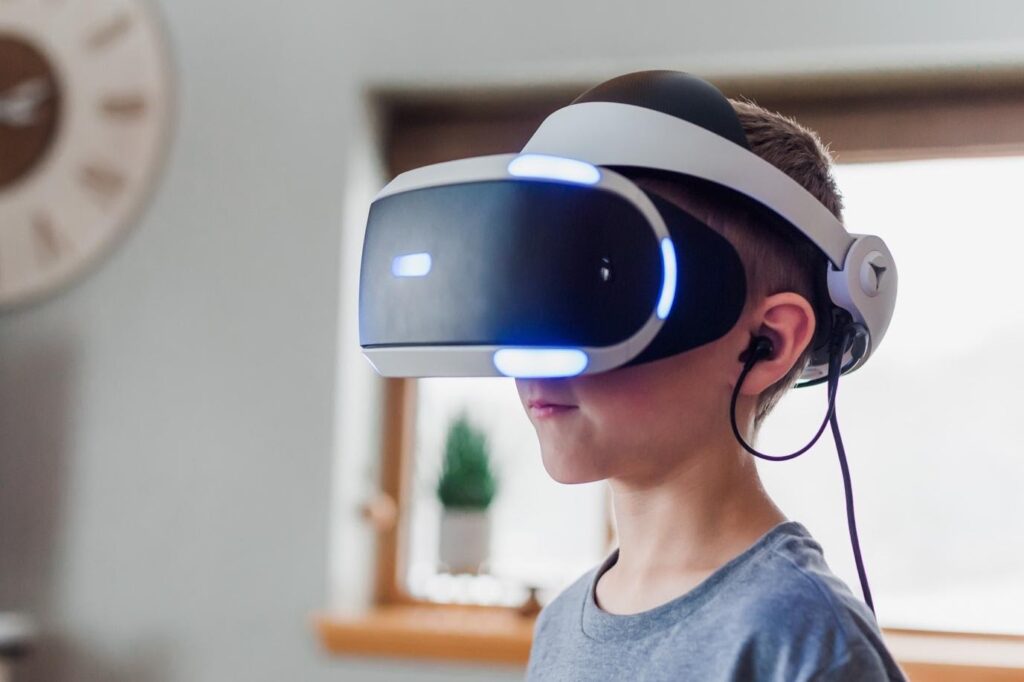Going through an illness as a child can be isolating and debilitating. So, how can gaming benefit those recovering in the hospital? Find out here…
Every year, millions of children go through hospital care and it’s not the nicest time for a child. They may lose access to their friends, school and their family during illness, which can actually make their condition worse.
On top of this, you may also see increased cases of clinical negligence because the child is upset and is less likely to cooperate and communicate with the doctor effectively.
Thankfully, there are ways to help children through this difficult time. It’s been shown that playing video games can actually help children through their hospitalisation. In this post, we’re going to share 10 ways it can do just that.
What Effect Does Playing Video Games Have on Recovering Children?
Anything that can help a child enjoy themselves through a difficult time is going to be beneficial to their recovery. Video games fit the bill perfectly, which is why we’re sharing the ways they benefit recovering children with you today.
1. Combats boredom
As a child, there’s nothing worse than being stuck in a place you don’t want to be, surrounded by beeping equipment and 20 different shades of white and grey. Hospitals just aren’t exciting places for children to be.
Gaming allows children to completely forget about their surroundings and immerse themselves in another world. It’s much more difficult to feel like a sick kid when you’re fighting crime as a superhero or defending the galaxy from aliens.
2. Allows them to socialise
When the children’s family come to visit, they could play games together, especially if it’s something simple like Mario Party. Children would much prefer to play a game with their parents to take their mind of their situation than talk to them about their condition.
Not only that, when their friends from school finish for the day they’ll be able to play games with them online and chat to them over headset. Going on a mission with your school mates and keeping up to date with what they’re doing will make sure they don’t lose touch.
3. Makes them feel normal
Another way gaming can benefit children recovering in hospital is by simply making them feel normal. This is especially true if the child played a lot of video games before they went to hospital.
Depending on the severity of the child’s condition, they might not be able to do many of the high-energy activities they used to do. However, gaming is a very low maintenance, low energy task that can provide the child with a sense of normality.
4. Reduces anxiety and stress
There are several studies that have shown video games can potentially reduce the stress, anxiety, and depression of young children.
One such study, ‘boys who play video games have lower depression risk’ led by a UCL researcher, showed that boys who regularly play video games at age 11 are less likely to develop depressive symptoms.
If this, and other studies like it, are correct then allowing children to play games in hospital could be crucial to their recovery.
5. Eases their pain
Games that require user participation can reduce the patient’s perception of pain at the central brain level. This phenomenon can be seen in a newly released study from Spain which found that gaming can help children overcome pain from cancer treatments.
The research, which involved twenty children around the age of 11 being studied a day before and a day after playing games, also showed that gaming can help hospitalised children with their overall recovery.
6. Makes difficult procedures easier
If a child is immersed in a video game, they’re less likely to care about needles being stuck in their arms and dressings being changed.
One real world example of this is a patient who had a severe burn. This patient had a lot of anxiety about their bandages being changed and it got so bad at one stage that 6 nurses had to hold the child down to swap out the bandages.
When the nurses started giving the child a games console to play on, the child’s fear and anxiety would drop, and the child didn’t mind having his bandages changed as much.
7. Helps with motor function
Certain diseases, such as dermatomyositis, require the patient to engage in fine motor skills to improve their condition. Video games have just the right amount of fine motor skills to help relieve pain whilst preserving motor function and minimising joint swelling.
8. Guides them through procedures
Virtual reality, or VR for short, is an immersive gaming experience where the child wears goggles over their eyes that make it appear as though they are in a different world.
This VR technology has been incredibly useful in guiding children through minor procedures such as IV and port changes. Children tend to be so engrossed in this type of gaming that they don’t mind going through these minor procedures.
9. Allows them to connect with hospital staff
Even if hospital staff don’t want to jump on the game with the child, they can at least ask them about the game they’re playing and try to connect.
Gaming gives the nurses something to ask the children that the children themselves actually care about. This is especially important if the child is in the hospital for a long time and a good relationship with their nurses is key to their recovery.
10. Is the least dangerous thing they could be doing
When a child is in a hospital with an illness, it’s usually advised that they stay in their bed and try to get some rest. The problem is, kids have a lot of energy and they tend to burn it off physically instead of mentally.
Thankfully, video games are one of the only ways for children to burn of energy without moving around too much with most of the energy expressed mentally. It’s very rare that you hear of a child suffering of a gaming injury.
Are These the Only Ways Gaming Benefits Recovering Children?
In this post, we’ve shared 10 ways gaming can benefit children recovering in hospital, from combatting boredom to allowing them to burn off excess energy.
Hopefully you’ve learnt something about the benefits of gaming on sick children and you’re ready to spread to word to all and sundry.
Please be advised that this article is for general informational purposes only, and should not be used as a substitute for advice from a trained medical professional. Be sure to consult a medical professional or healthcare provider if you’re seeking medical advice, diagnoses, or treatment. We are not liable for risks or issues associated with using or acting upon the information on this site.
Photo credits:
Young girl receiving chemotherapy – Photo by National Cancer Institute on Unsplash
Girl playing with controller – Photo by Samantha Sophia on Unsplash
Child with VR headset on – Photo by Jessica Lewis on Unsplash



